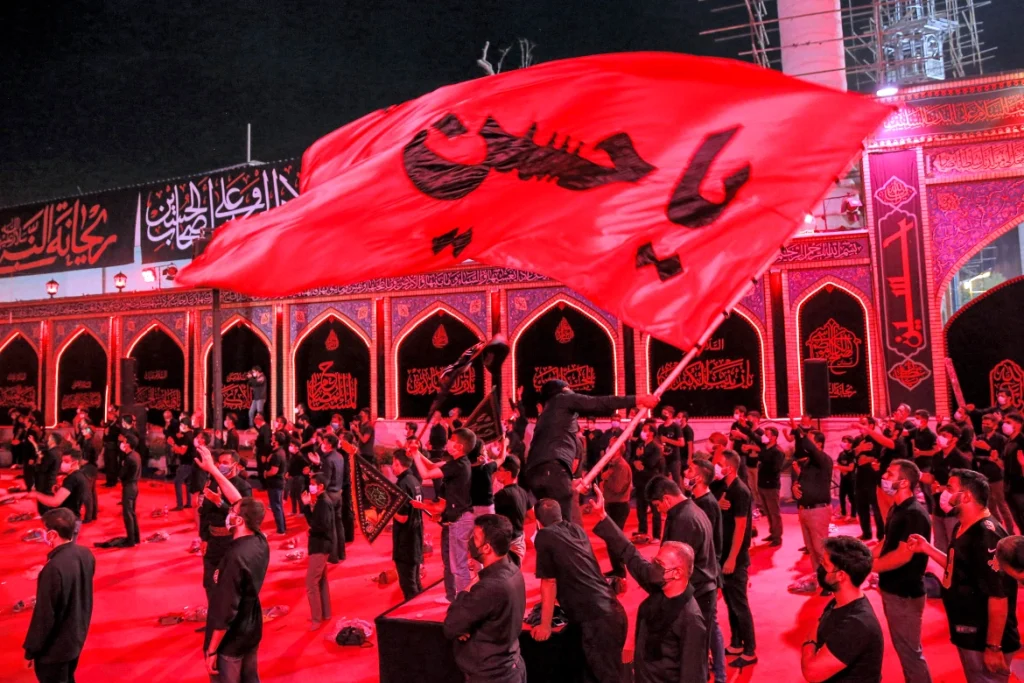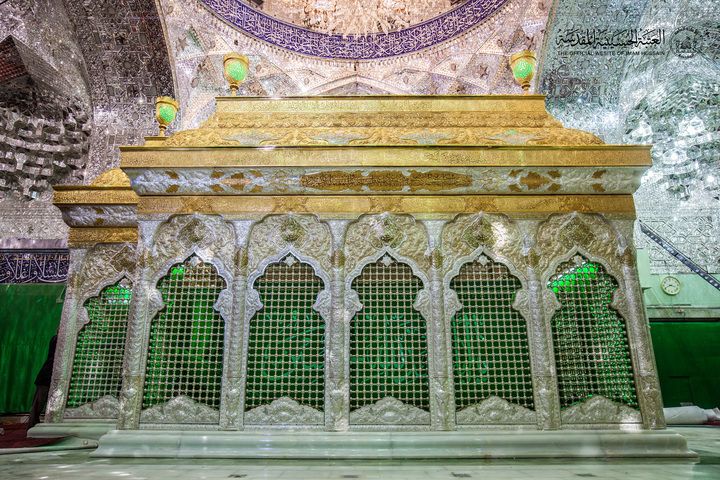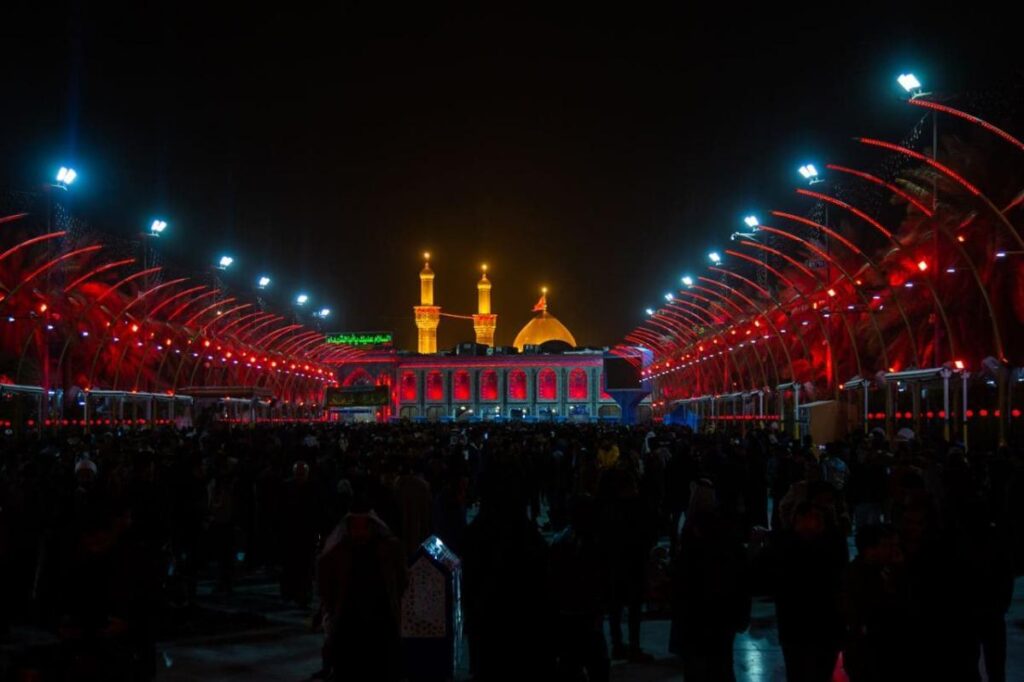The Busy Streets of Karbala, Iraq to Commemorate Ashura Day

By: Yaara Aleissa / Arab America Contributing Writer
Karbala’s significance
The city of Karbala, in central Iraq, holds a rich history. The holy city stands witness to stories that took place over a millennium ago. Yet the narratives remain embedded like recollections of yesterday.
Karbala’s significance goes back to 680 CE when the Battle of Karbala took place. Each year Shia Muslims mourn the death of the Prophet Muhammad’s grandson, Imam Hussein.
In Iraq, the majority of Muslims are Shia. Other Shia-majority Muslim countries include Lebanon and Iran where an influx of religious tourists come from. Nonetheless, tourists arrive from all over the world in Karbala. With the intention of visiting the shrines of Imam Hussein and his brother Imam Abbas, both buried in the heart of the city.

The Battle of Karbala took place between the family of Imam Hussein and the Ummayd caliph Yazid I who sought to assassinate Hussein. The details of the story vary between religious scholars and historians but the commonality in each account is the brutality of the battle. Alongside the strength and humility displayed by Imam Hussein and his family.
Karbala reflects a site of pilgrimage for many Shia Muslims. It is the same land where Imam Hussain took his small army of 72 to face an army of over 3,000. The land where he was later buried. was buried and how, for three days, his family was deprived of access to nearby water sources. In the end, Imam Hussain did not receive the honor of a proper burial. Instead, his body was mutilated and his head held like a trophy for the opposing side.
This reflects just some of the importance of mourning for Shia Muslims during the month of Muharram.
Traditional practices
The first ten days of Muharram for Shia Muslims are practiced in alignment with the journey taken by Imam Hussien and his family. Imam Hussien and his family originally settled in Medina before relocating to Kufa and then Karbala. His arrival in Karbala is marked on the second day of Muharram.
On the first night of Muharram, in modern-day Karbala, a crowd of thousands gathers inside and outside the shrines in Karbala to witness the change of lights. The shrines become illuminated by green lights, a sacred color in Islam. But on the first night, the lights turn red, symbolizing the blood and martyrdom of Imam Hussain and his family.

On each of these days, mourning ceremonies are held and attendes wear black clothing. Mourners will attend the mosque for sorrowful, poetic lamentations performed in memory of the martyrdom. There are chants such as “Ya Hussain” translating to “Oh Hussain” spoken like a gasp of grief for the difficulties endured in Karbala. This can frequently be heard with the beats of drums in the city of Karbala, especially on the first night.
Another practice, commonly known by its Arabic name is latmiya. Which is an expression of grief in response to poetry telling the story of Imam Hussain and his family. The practice includes the thumping of the chest. Representing the sad tone of the stories recalled.
Religious scholars also give sermons, in Arabic and English. Presenting the themes and practices of how Imam Hussien remains composed despite the challenges he faced. These sermons reinforce the remembrance of a harrowing journey. While also serving as an inspiration for Muslims to mirror the admirable nature of Imam Hussien.
Ashura day
The tenth day of Muharram marks the day the Battle of Karbala took place. Referred to as “Ashura” which in Arabic translates to “the tenth day”. This day marks the slaying of Imam Hussain, his brother Imam Abbas, and other companions and children that were present on the day of battle.
Even the meaning of Karbala depicts this telling. In Arabic, Karbala forms from the words “Kar” which means grief, and “Bala” which means misfortune. The two intertwined not only tell the story of a place but also the state of pilgrims coming to take part in the experience of Ashura.
On Ashura day, free food and tea are available to attendees. Vendors want to honor Imam Hussain and his visitors. The streets surrounding the shrines remain busy at all hours of the day never taking a moment of rest.
It is important to note that the practice of this day is different for the two majority sects in Islam. Sunni practice remembers the victory God gave Moses by parting the Red Sea. Instead, this day marks an important voluntary fast.
Despite the difference in what the month of Muharram or the day of Ashura may represent for each sect, both focus on adhering to the message of the Prophet Muhammad. The key to this shared religion.
Check out Arab America’s blog here!









